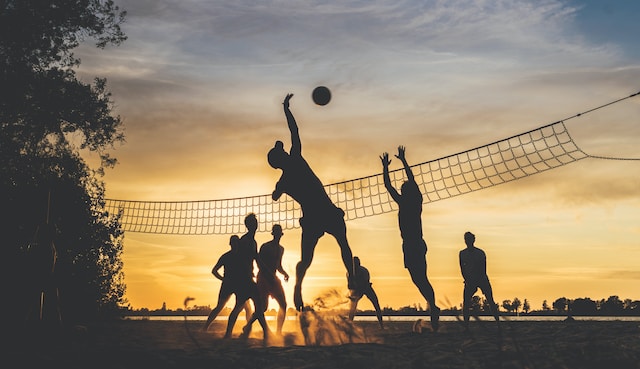The demand for accessibility has led to a rise in the popularity of adaptive sports. Adaptive sport offers a safe and comprehensive space for athletes of all abilities to reach their potential and push their limits. However, there are still many questions surrounding the world of adaptive sports, even as there are more of them adaptive sports center available.
This article will explore the five main aspects of adaptive exercise that you need to know about. So whether you are a person with a disability looking to try adaptive sports or a lover of somebody just so, read on to find out more.
Question #1: How is Adaptive Exercise Different from Traditional Exercise?
Adaptive sports are designed to accommodate people with disabilities. The rules and regulations of the sport are modified to suit the needs and talents of the athletes. These modifications include changes to equipment, playing fields, and scoring systems.
Adaptive sport has a long history, with the first recorded event taking place in 1948. The Stoke Mandeville Games, which later became Paralympic Games, organized to rehabilitate individuals with spinal cord injuries.
Adaptive sports have gotten more and more popular, with more and more athletes participating in events around the globe. These sports provide individuals with disabilities the opportunity to compete at the highest level, and they became a vital part of the sporting landscape.

Question #2: Who Can Participate in Adaptive Sports?
Adaptive sport is open to individuals with numerous disabilities, including physical, intellectual and visual impairments. The sport is designed to accommodate athletes of all ages and talents, from novices to elite athletes. Some sports have special classifications based on the degree of disability, while other sports are open to all athletes.
Question #3: What are the Popular Adaptive Sports?
Wheelchair basketball is a highly-loved, adaptive sport featuring matches at local, national and global levels. The game’s regulations largely mirror those of conventional basketball, even though with some changes to meet the needs of the participating athletes.
Wheelchair tennis has emerged as a widely embraced sport in last few years. The courts and rules of the game are the same as traditional tennis, except that the athletes use wheelchairs.
Sitting volleyball is a team sport played by athletes who have limited lower body movement. The courts are smaller than traditional volleyball courts, and athletes are allowed to make contact with the ball using any part of the body.
Para-swimming is another popular adaptive sport open to athletes with numerous disabilities. Athletes are classified according to their degree of disability, and they compete in events ranging from 50m to 1500m.
Question #4: What are the Benefits of Adaptive Exercise?
Participation in adaptive sports offers many benefits, both physical and mental. These benefits include increased self-esteem, increased sociability, and better physical fitness. Many athletes report feeling more confident and empowered after participating in adaptive sports.
Research has shown that participation in adaptive sports can improve physical fitness, including increases in muscle strength, endurance, and adaptability. These improvements can have a significant impact on the athlete’s overall health and well-being.
Question #5: How Do I Get Involved in Adaptive Sports?
Getting involved in adaptive sport is simple, with many organizations and programs offering opportunities for people with disabilities to take part. These organizations provide coaching, equipment, and support for athletes of all levels.
The first step to engaging in adaptive sports is identifying a sport that interests you. Once you have identified the sport, you can research local organizations and programs that offer opportunities for athletes with disabilities.
Many organizations offer induction programs designed to introduce athletes to the sport. These programs are an incredible way to get started and meet other athletes who share your interests and goals.
Adaptive sport offers people with disabilities the opportunity to take part in a number of physical activities that weren’t previously available to them. The sport provides an inclusive and supportive environment, which is critical to athlete success.












